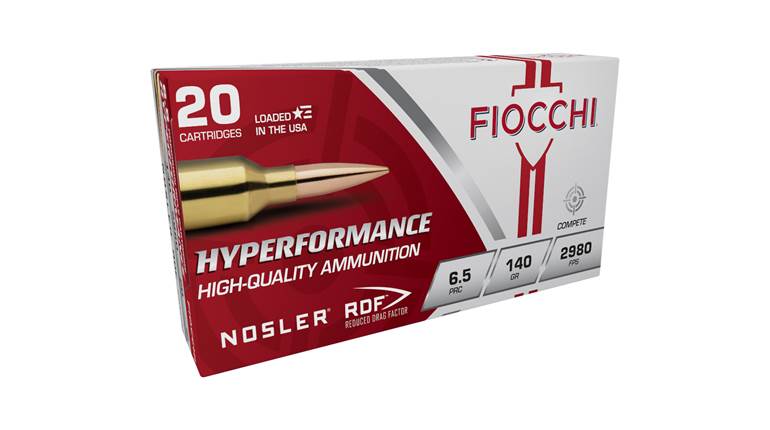
A recent trip to Italy as a guest of Fiocchi afforded me an inside look at where and, more importantly, how Fiocchi ammunition is made. As our small cadre of gun writers entered the hallways leading to the boardroom in the company’s headquarters in Lecco, a historic steel-making center, we couldn’t help but notice drawings by Italy’s premiere native son: Leonardo da Vinci. And what really caught my eye was not only the unmistakable style of the drawings—draftsmanlike in their technical detail, yet exhibiting the flourishes befitting a master artist—but that their subject was that of guns, or what today we would call cannons.
Perhaps I shouldn’t have been surprised as, only a few years after the great artist’s death, the Beretta family began a firearm-building tradition that today is nearing the 500-year mark. My subsequent tour of the Fiocchi facilities—and later of shotshell and propellant producer Baschieri & Pellagri (B&P), a company located about three hours south in Bologna and that was recently acquired by Fiocchi—became a demonstration of the many layers both companies’ expertise and tradition have built one upon another through the decades.
An even more fundamental aspect of the Fiocchi formula that became apparent during my tour of northern Italy—including several cities, a historic villa filled with works of art, the Lamborghini museum, a family-owned winery and a spectrum of food ranging far beyond the obligatory pizza—was that the most salient characteristic of the Italian people is an insatiable passion for excellence. That is more than borne out in Fiocchi’s victories through the years in Olympic competition.
That point was expertly brought to our attention by host Christian Hogg, director of marketing and new product development for Fiocchi of America, who introduced us directly to members of the Fiocchi family on the site in Lecco where, in 1876, Giulio Fiocchi began making metal snaps for clothing. Eventually, he would use that expertise to produce caps for muzzleloaders along with gallery caps and pinfire cartridges.
Today, several generations of Fiocchi family members work at the main location where 800 employees produce 90 percent of the components used in finished cartridges. The facility is a mix of traditional machines and techniques augmented with the latest computer-driven technology that results in an annual output nothing short of astonishing—500 million shotshell primers, 600 million loaded centerfire cartridges, 700 million cases and 400 million shotshell hulls. In fact, the company makes everything there except propellants, which are sourced from the Bologna facility where B&P also produces shotshell components.

Costantino Fiocchi, group chief technical officer of the company, who earned a bachelor’s degree in engineering and worked in the United Kingdom for a bespoke gunmaker before returning home to work at his great-grandfather’s company, said, “To produce ammunition, you have to be patient, passionate. It is an artisan, handcraft activity, and you need to know what you are doing. You need to transfer that passion to the hunter and shooter.” The explanation came within the confines of the office—set at the head of the company’s research and development section—in which Costantino keeps photographs and mementos of his family and career. As he recounted Fiocchi’s heritage, he proudly mentioned that his 95-year-old father and his mother still shoot, as do all three of his daughters.
As to professional accomplishments, Costantino was quick to cite the 1995 development of lead-free primers as a major company milestone, saying, “We saw the writing on the wall about lead.” He described today’s Fiocchi primer formula as “proprietary, protected and ‘green’” and concedes that, “It was initially difficult to match leaded performance.” Then, in an observation that only someone with decades of experience can truly understand, he added, “Most innovation comes by chance.”
Reflecting on Fiocchi’s history and its future, Costantino observed, “The company is still transforming. We have good know-how and motivation along with new ideas.” Indeed, if the first 147 years are any indication, the Italian ammunition maker appears to have a bright future, particularly in America, where Fiocchi is set to become a household name among shooters—alongside pizza, Lamborghini and Leonardo da Vinci.





































